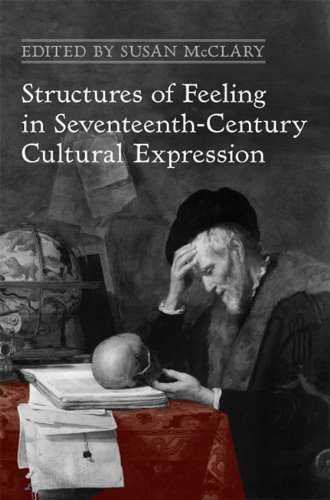

Most ebook files are in PDF format, so you can easily read them using various software such as Foxit Reader or directly on the Google Chrome browser.
Some ebook files are released by publishers in other formats such as .awz, .mobi, .epub, .fb2, etc. You may need to install specific software to read these formats on mobile/PC, such as Calibre.
Please read the tutorial at this link. https://ebooknice.com/page/post?id=faq
We offer FREE conversion to the popular formats you request; however, this may take some time. Therefore, right after payment, please email us, and we will try to provide the service as quickly as possible.
For some exceptional file formats or broken links (if any), please refrain from opening any disputes. Instead, email us first, and we will try to assist within a maximum of 6 hours.
EbookNice Team

Status:
Available0.0
0 reviewsBetween the waning of the Renaissance and the beginning of the Enlightenment, many fundamental aspects of human behaviour - from expressions of gender to the experience of time - underwent radical changes. While some of these transformations were recorded in words, others have survived in non-verbal cultural media, notably the visual arts, poetry, theatre, music, and dance. Structures of Feeling in Seventeenth-Century Cultural Expression explores how artists made use of these various cultural forms to grapple with human values in the increasingly heterodox world of the 1600s.
Essays from prominent historians, musicologists, and art critics examine methods of non-verbal cultural expression through the broad themes of time, motion, the body, and global relations. Together, they show that seventeenth-century cultural expression was more than just an embryonic stage within Western artistic development. Instead, the contributors argue that this period marks some of the most profound changes in European subjectivities.